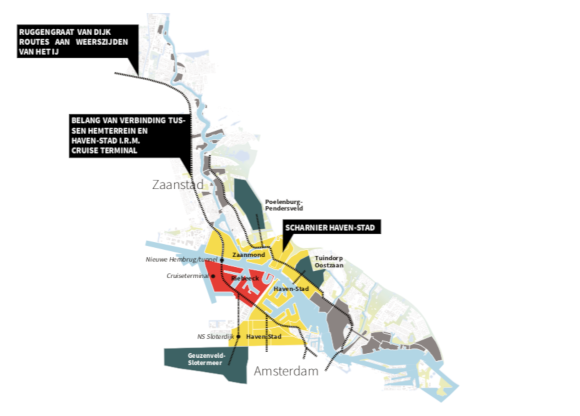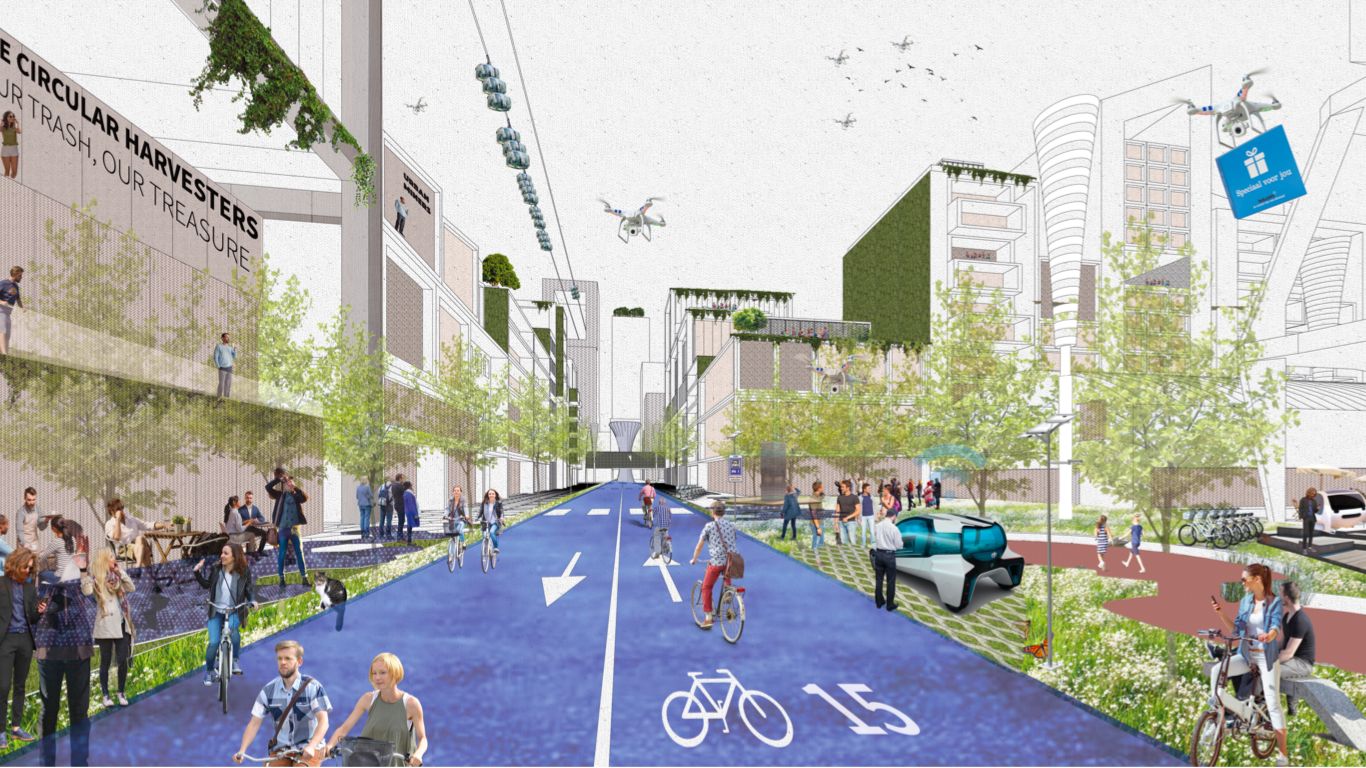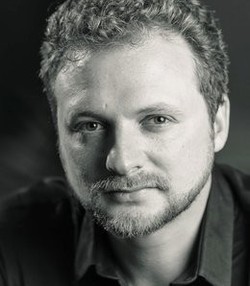Except Integrated Sustainability is part of a multidisciplinary team INCITY working on a design study initiated by BNA titled ‘De stad van de toekomst’ (The city of the future). Except’s Antonia Sore has just returned from a two-day session at Venice Biennale organised by BNA, TU Delft and PACT and shares her insights on how architects and design will play a part in sustainable and smart city urban planning.
Every city is a complex system, interconnected into both the local region and the world at large. With an estimated 70% of the globes population to live in urban areas by 2050, designing resilient urban systems is becoming increasingly important. However urban planning has – and continues to be at times – short sighted and fragmented. But it doesn’t have to be.
The study’s focus is on the large scale urban system which are undergoing rapid transitions due to growing populations, technological advances and shifting social priorities. These urban systems and their transitions to accommodate the issues which we will face in the future directly correlate to the health of a community. The city of the future will be dependent on the extent to which we plan for and adapt to these issues whilst successfully integrating the transition into our daily living environment.
The project begins with a 1x1km block of one of The Netherland’s largest cities – Amsterdam, Rotterdam, Utrecht, The Hague or Eindhoven – where the municipalities have been asked to designate an area where major changes are planned for the future. The selected area serves as a test location for the process of integrated urban planning which will provide new insights for future urbanization.
Except’s own Antonia Sore, came together with a multidisciplinary team including architect Roy Plevier from Hoope+Plevier, urbanist Danny Edwards, Zsa Zsa Balian from Future Consult, Irene Ponec from Ymere and sociologist Wim Derksen, to focus on the development of Amsterdam’s harbour area Haven-Stad.
Antonia, an architect and designer with a focus on human centered architecture and social sustainability of the built environment, along with the INCITY team have been working together since January 2018 to develop and design best practice for Haven-Stad. The end result will be an integrated vision which can be incorporated into future city planning around the planet.

“Our current way of thinking and doing is strongly shaped by the industrial revolution and a mechanistic view of the world. That has given us a lot of technological progress and prosperity but that happens mainly on separate isolated routes,” said Antonia. “What is missing is a widely accepted, integrated system image in which all those aspects of the city – with all their complicated connections and crossovers – come together: a holistic vision for the Complex-adaptive City.”
“This places the emphasis much more strongly on an active role for all those involved, learning-by-doing and constant feedback in order to arrive at a flexible but robust city. An evolutionary process, with continuous transitions between successive, more or less stable states,” she said.
As part of the team’s process, they recently ventured to Italy for the Venice Biennale for a two day session. “The first day we worked with a group of students from TUDelft and Politecnico di Milano. Both Oscar Vos from krft and I presented our team's visions and approaches towards the city of the future to the group,” Antonia said. “Together we supported the students in creating their vision of the city of the future and implementing the same in Amsterdam Haven-Stad.”
“The following day, students presented the results of our workshop at the session in the Venice Biennale Arsenale and were followed by a finale roundtable discussion with representatives from (European) government, policy and research on the role of design and architects in planning the city of the future.”
“The roundtable discussion made it clear that cultural differences could also lead to other ways of approaching today's challenges. Design should be a common language that initiates and leads the change of our cities and society and helps us to better understand and deal with complex issues we are facing. Governments need to bring designers into the process earlier, including all the actors and creating common agenda and language from the beginning with innovation and social value as the main criteria.”
Via this link you can download the chronicle of the Biennale session (in Dutch) with a reflection of what has been done and discussed!
The final presentation will be taking taking place on the 30th November 2018, with all teams presenting their visions for all the locations. All researches will be collected and published in 2019. Stay tuned for more news!
Nov. 2, 2018

